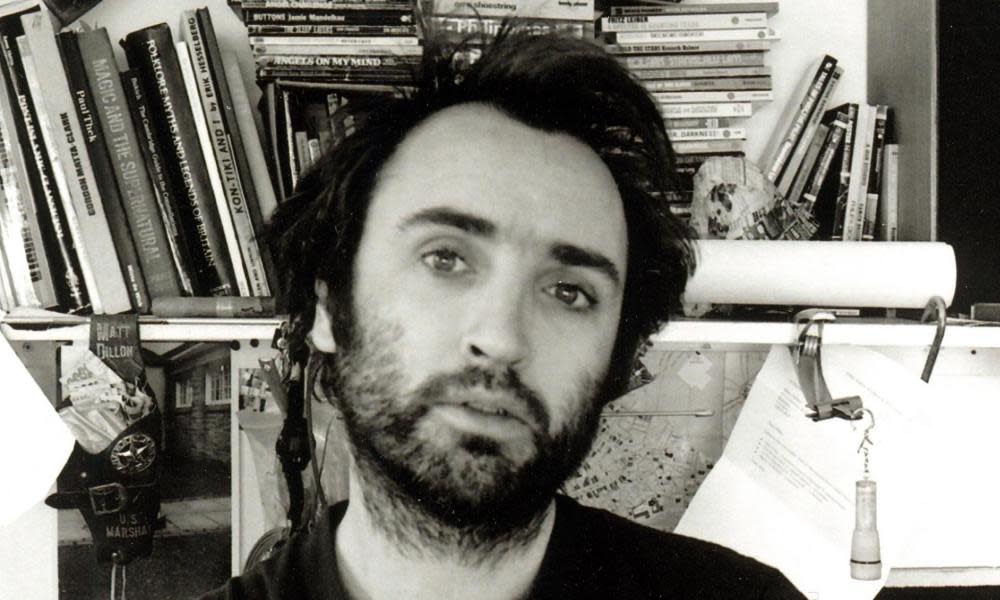Tate Britain commissions Mike Nelson to transform its central galleries

Mike Nelson, an artist known for his labyrinthine installations that visitors enter and then wonder how to exit, has been asked to transform the huge central galleries of Tate Britain.
The annual Tate Britain commission is both prestigious and daunting. Artists have been expected to respond to the architecture of the vast, echoing neo-classical Duveen sculpture galleries in a similar way to those who have been commissioned to fill the Turbine Hall at Tate Modern.
Artists have filled the space with everything from sprinting runners to a political protest to fighter jets to a huge French rotary vegetable shredder.
The Tate Britain director, Alex Farquharson, announced on Wednesday that Nelson would be given the task in 2019.
“We are delighted that Mike Nelson will undertake the next Tate Britain commission,” said Farquharson. “Nelson has made a profound contribution to British and international art and his ability to create extraordinary and unforgettable experiences within the gallery makes him the perfect choice for the Tate Britain commission. We are excited to see how he will transform this unique space in 2019.”
Nelson has described himself as a “frustrated archaeologist” and is best known for huge, immersive installations. They often arise from a period of living and working in a particular location.
His works include The Coral Reef (2000) which is in the Tate collection. It is a maze of corridors and small rooms which include a shabby taxi office with a calendar from the Muslim Association of Nigeria attached to its wall; a security surveillance office; and a garage with drug paraphernalia.
His installation at the British Pavilion at the 2011 Venice Biennale featured piles of junk and abandoned workshops.
The Loughborough-born artist will unveil his Tate Britain work on 18 March.
He follows artists including Mona Hatoum who, in 2000, created Mouli-Julienne, a giant version of a Moulinex kitchen device. Since then Anya Gallaccio has filled the space with tree trunks and sugar; Michael Landy has replicated his parents’ house; Mark Wallinger recreated Brian Haw’s Parliament Square protest; Martin Creed created Work No 850 in which a constant – during opening hours at least – stream of people ran as fast as they could through the gallery; and Fiona Banner brought in a Sea Harrier jet and an RAF Jaguar aircraft.
Last year Anthea Hamilton’s work included gourd-headed dancers.
• Mike Nelson’s Tate Britain commission will be on display from 19 March to 6 October 2019

 Yahoo News
Yahoo News 
